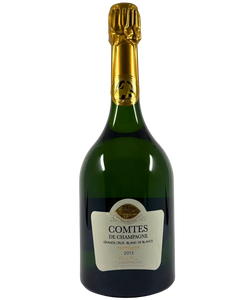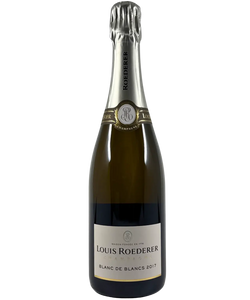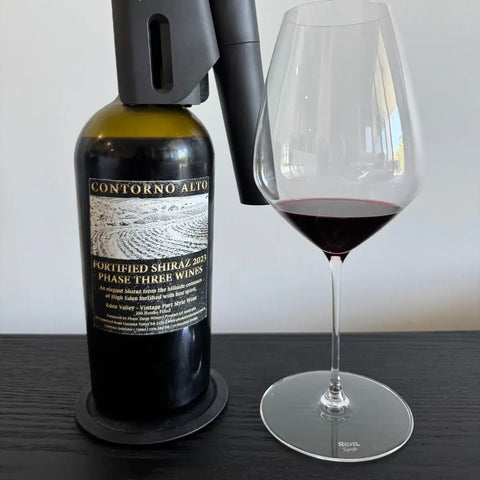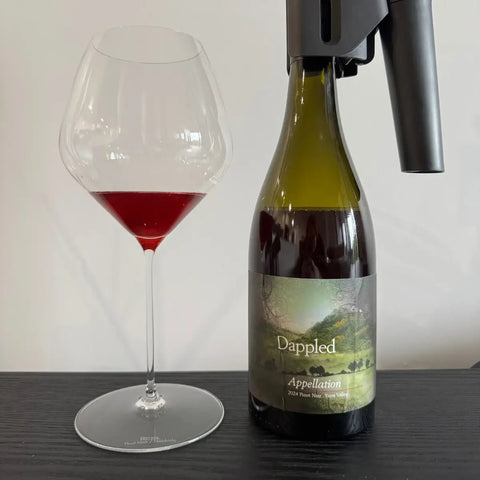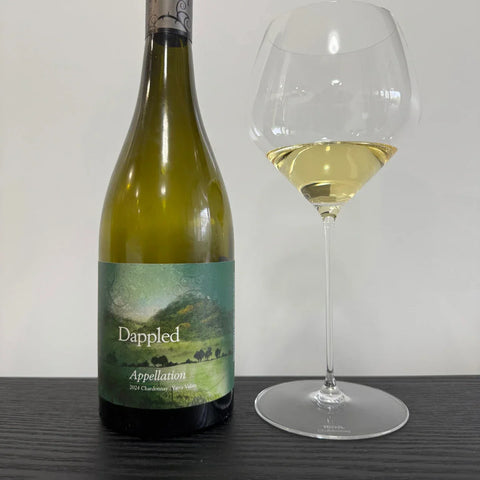Or as wine nerds say… “has it gone through malo?”
Malolactic fermentation (often shortened to MLF or just “malo”) is one of those wine terms that sounds more science lab than vineyard — but understanding it can totally change the way you experience a wine.
So what is it, and why does it matter?
Let’s break it down in plain English.
First, the basics
Malolactic fermentation isn’t a true fermentation like turning sugar into alcohol — it’s actually a conversion. Specifically, it’s when sharper malic acid (the stuff that makes green apples tart) is converted into softer lactic acid (the stuff found in milk or yoghurt).
This process is carried out by lactic acid bacteria, not yeast.
It’s common in red wines and some white wines (like Chardonnay), and it’s a key part of shaping flavour and mouthfeel.
Why do winemakers use MLF?
Because it softens acidity, adds texture, and introduces flavour complexity.
Let’s say a wine has naturally high malic acid (super zippy). Running it through MLF will mellow out that bite and round off the palate. In cool-climate regions especially, this can help balance a wine beautifully.
Some reasons a winemaker might encourage malolactic fermentation:
- To add creaminess or buttery notes (especially in Chardonnay)
- To soften sharp acidity in young wines
- To increase microbial stability (a wine that’s gone through MLF is less likely to re-ferment in bottle)
- To create a rounder, smoother texture and a more complex profile
What does MLF taste like?
You’ve probably tasted malolactic fermentation before — even if you didn’t realise it.
Here are some of the classic signs:
| Without MLF | With MLF |
|---|---|
| Crisp, tangy, zesty | Creamy, rounded, smooth |
| Green apple, citrus | Butter, brioche, hazelnut |
| Lean, fresh finish | Softer, fuller mouthfeel |
This is why you’ll often hear people describe some Chardonnays as “buttery” or “creamy” — they’ve usually gone through full malolactic fermentation and sometimes see time in oak, which can amplify those toasty, nutty notes.
Is it good or bad?
Neither — it’s a stylistic choice, not a flaw.
Some winemakers want to preserve zingy freshness and will block MLF (usually by chilling the wine or adding sulfur to stop bacterial activity). Others encourage full or partial MLF to bring added complexity and softness.
There’s no “better” option — it all comes down to balance, grape variety, and the wine’s intended character.
Which wines typically go through MLF?
✅ Usually does:
- Most red wines (Cabernet, Shiraz, Pinot Noir)
- Oaked Chardonnay
- Some Viognier, Chenin Blanc, and Marsanne/Roussanne
❌ Often blocked:
- Riesling
- Sauvignon Blanc
- Albariño
- Unoaked Chardonnay
- Most sparkling wines (preserve acidity)
Partial MLF? That’s a thing too.
Some winemakers only allow a portion of their wine to undergo MLF. For example, 70% might go through malo for creaminess, while the other 30% retains zippy acidity — giving the finished wine balance and complexity.
Think of it like seasoning — too much creaminess can feel heavy, too much acid can feel sharp. The best wines often find the sweet spot in between.
Final sip
Malolactic fermentation may sound technical, but it plays a starring role in shaping a wine’s style.
- Want zingy, crisp whites? Look for wines where MLF is blocked.
- Love buttery Chardonnay or plush reds? You're probably a fan of malo.
And next time someone mentions “that buttery note,” you’ll know — it’s lactic acid, not oak, doing the heavy lifting.
📖 Want to learn more about winemaking techniques?
Check out our blog archive for deep dives on oak ageing, whole bunch fermentation, and more.
🍷 Curious if a wine has gone through MLF?
Check out the flavour profile icons on each product page



